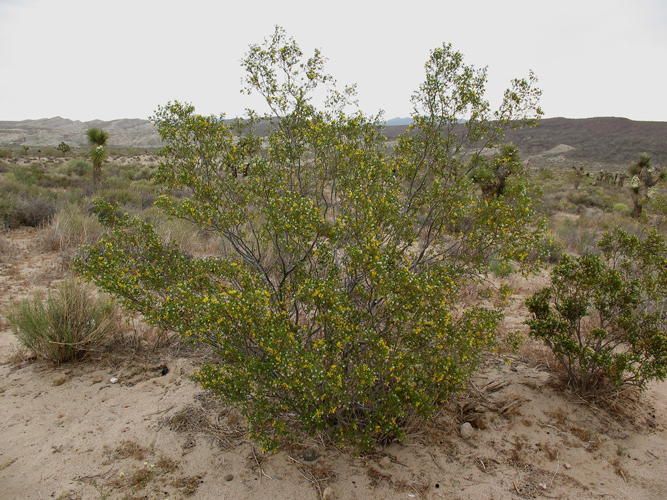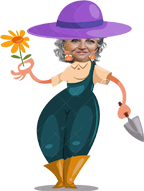What is the high desert?
The term high desert is sometimes used to refer to specific areas. For gardening purposes it is a distinct climate and considered Zone 8b.
Summers in the desert are generally hot and dry. The average highest temperature is in the upper 90s, and temperatures of more than 100 are common. The average lowest temperature, on the other hand, sits in the middle 60s.
Winters are fairly cold in the desert. The average highest temperature is in the upper 50s and the average lowest temperature is near 30 degrees Fahrenheit (though it can drop down to about 5 or 10 degrees).

Elevations range from 2,310 to 3,110 feet.
Much of the rain comes in winter. Irrigation is necessary for cultivated crops. Precipitation ranges from 4 to 9 inches annually.
Strong prevailing winds blow from the west and are the strongest during spring. Vegetation is mainly annual forbs, grasses and scattered desert shrubs, such as creosote, Mormon tea, Joshua tree, saltbrush, rabbitbush and sagebush.
The growing season is approximately 240 days. The desert receives around 90 percent of possible sunshine throughout the year. The monthly average relative humidity ranges from 30 to 70 percent, and about 75% of evapotranspiration occurs in the months of May through October.

Sound challenging? It is. Gardening in this type of environment is definitely not for the faint of heart. Although there are challenges, with planning and diligence these can be overcome.

0 Comments